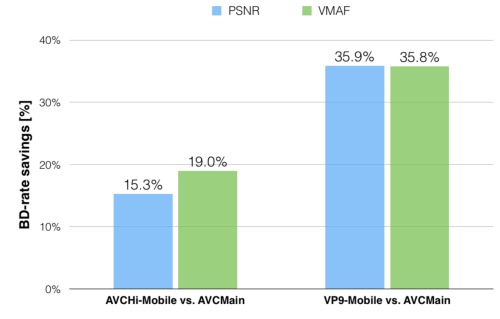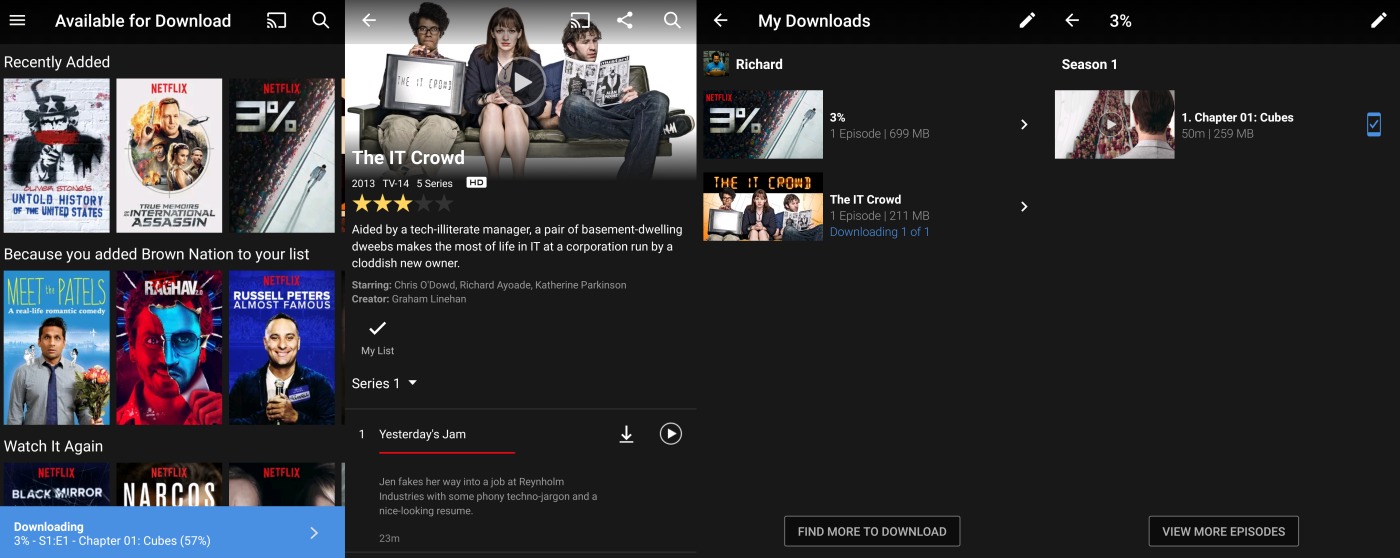From time to time, Netflix updates the technology it’s using to convert and compress each of the digital copies of movies it streams to customers. Because people watch from so many different platforms, in so many different situations, it has to be ready for any number of possibilities. Late last year, it revealed the use of a smarter way to apply compression, recognizing that different types of content (animation like Bojack Horseman vs. dark action scenes in Daredevil) need different levels of bitrate or resolution to look their best. Now it’s focused on enhancing the efficiency of compression, starting with the video it delivers to mobile devices.

Netflix:
- AVCMain: Our existing H.264/AVC Main profile encodes, using per-title optimization, serve as anchor for the comparison.
- AVCHi-Mobile: H.264/AVC High profile encodes using more optimal encoder settings and per-chunk encoding.
- VP9-Mobile: VP9 encodes using more optimal encoder settings and per-chunk encoding.
It’s using Google’s VP9 on some platforms (most Android phones), while H.264/AVC High profile works for others (anything iOS). The “per-chunk” encoding mentioned above mean that beyond just optimizing for the type of show or movie, it’s actually applying optimal settings across different parts of each video. Variety notes these pieces can range between 1- 3 minutes in length, and Netflix says that using this with Google’s VP9 tech can result in a video that has the same quality, but uses 36 percent lower bitrate.
That means it can look better on your phone, while also using less data, and taking up less space as a download. That last part is key, because the new encodes are currently rolling out in the new downloads feature, although they will be available for streaming on mobile devices in the “near future.”
(26)
